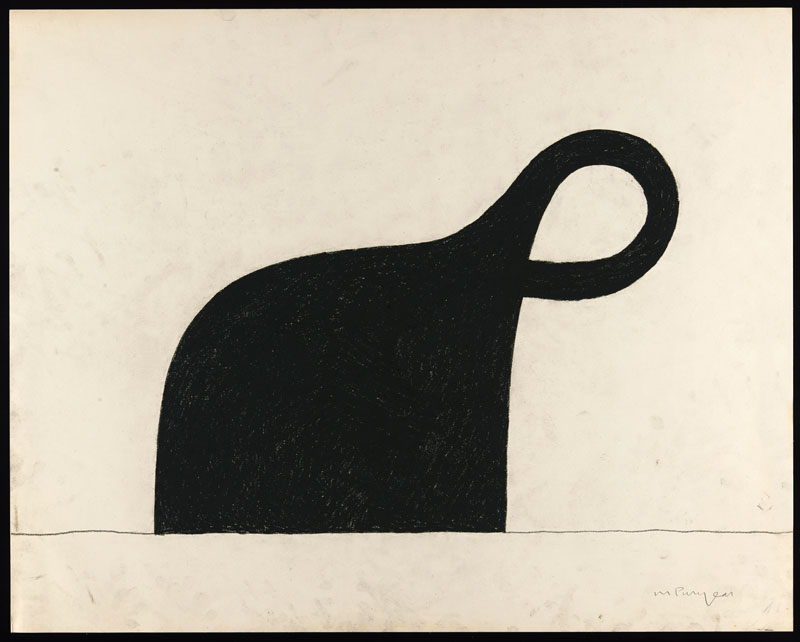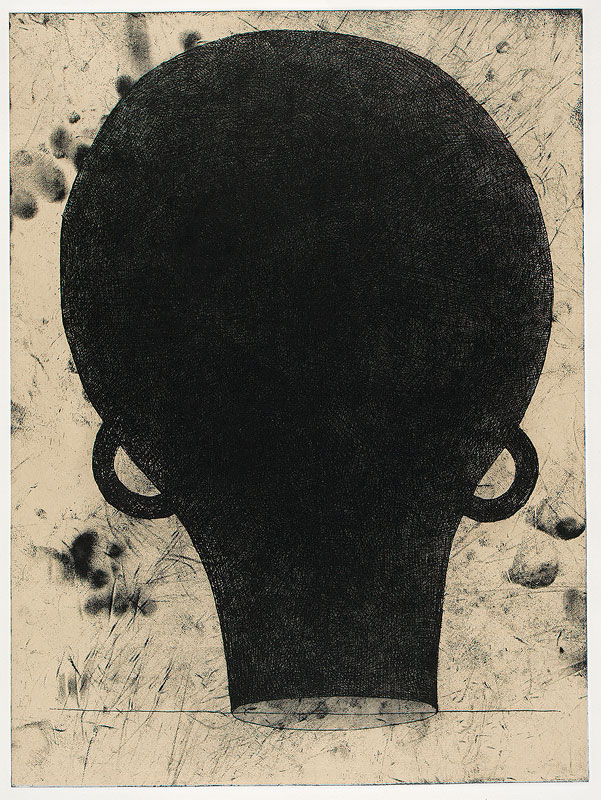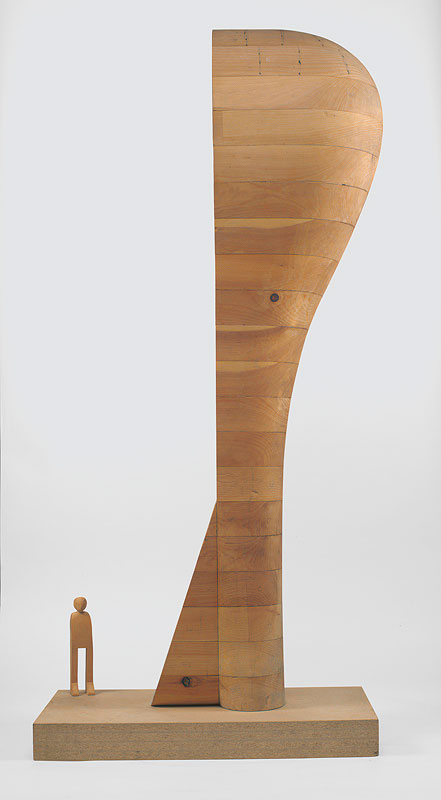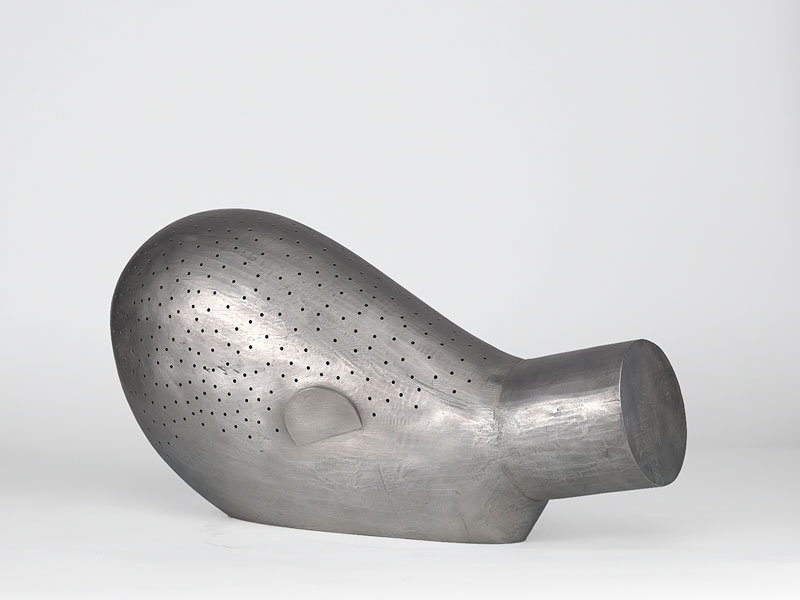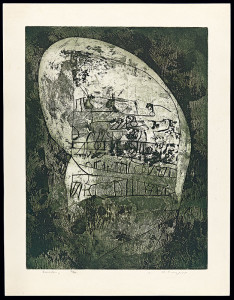
Martin Puryear: Multiple Dimensions
October 9, 2015 through January 10, 2016
Morgan Library New York
225 Madison Avenue at 36th Street.
Rune Stone, 1966.
About:
One of the most renowned artists working today, Martin Puryear is celebrated for his elegant but playful sculpture and his devotion to craft. Lesser known is the extensive iterative process of drawing and printmaking that are essential to the artist’s studio practice. This exhibition is the first to draw back the curtain on that process. Featuring over 120 drawings and prints as well as 15 sculptures—many borrowed directly from the artist and never displayed before—the presentation offers an unprecedented look into Puryear’s inspirations, methods, and transformative process.
Drawing for (Untitled), 2009.
Martin Puryear has had a long relationship with the city of Chicago and the Art Institute. He lived in the city for 12 years, and the museum has long been supportive of his work, acquiring key pieces in the 1980s, organizing an extensive survey in 1991, and conserving many of his early fire-damaged prints and drawings after that show. Puryear has responded in kind, giving the museum a double-sided drawing for his sculpture Sanctuary, and participating generously and closely in the development of this exhibition including loaning many works that he has never shared publicly before.
Untitled, 1999.
Uniting these rarely seen drawings, several sculptures, and a glimpse into his sketchbooks, the exhibition traces Puryear’s career from his student days at Catholic University in the early 1960s all the way through to the present, with works created as recently as 2014. Critical to Puryear’s development were his formative years, 1964–1966, spent with the Peace Corps in Sierra Leone, a period in which he was inspired by, and gave expression to, buildings, flora, bugs, animals, and children—the entirety of the environment. Through the years he would return to many of these themes, experimenting with scale, materials, and varying levels of abstraction. In the exhibition, visitors can witness how a sketch of a house in Sierra Leone is transformed 10 years later into an abstracted proto-sculptural form or a head-like shape is reworked in bronze, wood, black Conté crayon, and graphite.
Maquette for Bearing Witness, 1994.
Face Doen, 2008.
Such exploration across visual ideas and media bring to life Puryear’s uncanny ability to make forms that are suggestive, playful, and transformative—all while remaining anchored in the world. The resultant display is a 360-degree view of the creative process of a contemporary master.(text The Art Institute of Chicago. The exhibition is presented there in 2016)

